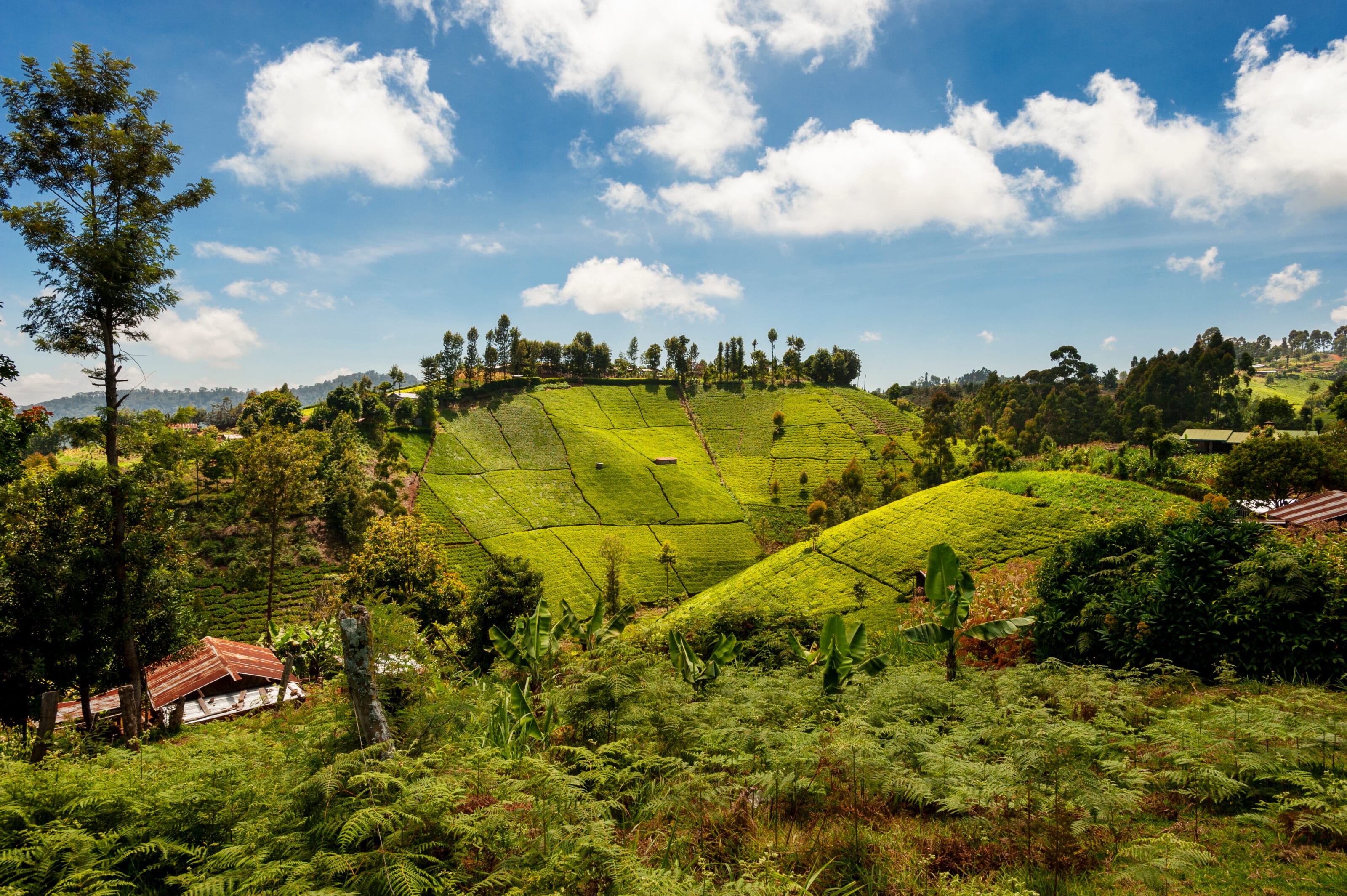
In the heart of Kenya’s drylands, a new approach to building climate resilience began to take shape in 2011. That year, Isiolo County launched the County Climate Change Fund (CCCF)—a pilot initiative designed to get adaptation finance directly into the hands of the people who need it most: local communities on the frontlines of climate change.
The premise was straightforward but game-changing: empower communities to decide for themselves how to adapt. From the outset, public participation was at the core of the CCCF model. Residents identified the climate challenges they faced—such as prolonged droughts and water scarcity—and proposed their solutions, tailored to local conditions and needs. Whether that meant restoring water points or investing in resilient livelihoods, communities led the way.
Encouraged by the success in Isiolo, the initiative expanded in 2013 to four additional counties, including Kitui. Then, in 2019, the model began scaling nationwide, supported by national and international partners. Today, the CCCF stands as a leading example of effective, locally led climate adaptation finance.
What makes the CCCF so impactful?
The CCCF rests on four interconnected pillars:
- Devolved finance: Communities set priorities for climate adaptation, supported by funding from national, international, public, and private sources.
- Public participation: County- and ward-level planning committees ensure inclusive decision-making.
- Climate resilience: Local knowledge is integrated with climate data to design practical, long-term solutions.
- Monitoring and learning: A strong framework tracks outcomes and facilitates learning and adaptation across regions.
The CCCF also reflects global best practices. It aligns with the Principles for Transformational Climate Finance developed by the Transformational Change Learning Partnership (TCLP), which stress equity, inclusion, and urgency. It also supports the Principles for Locally Led Adaptation, now endorsed by over 120 governments, institutions, and NGOs worldwide.
This case from Kenya shows that meaningful climate action doesn’t have to be top-down. When local voices are heard and supported, adaptation efforts become more effective, sustainable, and rooted in real-world needs. The CCCF offers a compelling model for other countries looking to localize climate finance and strengthen community resilience from the ground up.
To learn more about this story, please visit Transformational Climate Finance: Kenya’s County Climate Change Funds. Lessons for Practice.
